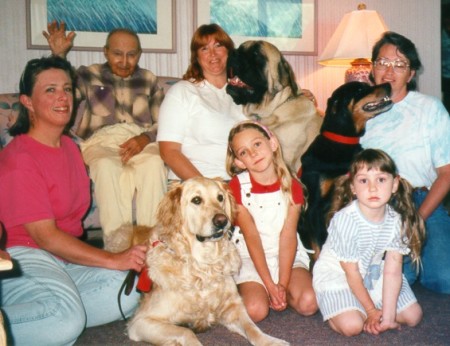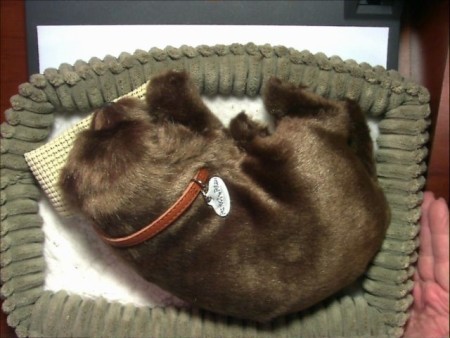At the Alzheimer’s nursing home where my father lived, one of the residents had some dolls. This was the first time I saw an elder focused deeply while comforting a baby doll. In my late thirties, I was thrust into caregiving for my father who lived with dementia. After his needs grew so overwhelming while my husband and I cared for him in our home, our best option was to place him in a specialized Alzheimer’s skilled nursing facility. Our options were limited.
In disbelief, I’d pause outside her door before walking down the hall to my father’s room. I spotted a handful of dolls of different ethnicities. She held one close and smiling warmly, comforted the doll. At the time I wondered, doesn’t she realize it’s just a doll?
Weeks later, I heard her voice, “Are the babies in bed?” I approached to find her family comforting her, “Yes, they’re all in bed” as she held one of her dolls. I asked about the dolls. They explained she was a kindergarten teacher. Even while living with late-stage dementia, she still loves babies and children. She gets concerned about their whereabouts.
What a great idea!
If not a baby doll, then how about a soft furry animal?
 For animal lovers lucky enough to enjoy a therapy dog program with trained dogs who are gentle and bring warmth and excitement, regular visits can boost residents’ spirits. My father wasn’t much of an animal lover, but he sure was struck by the gentle giant mastiff. Despite Alzheimer’s compromising his judgment, he did keep a respectful safety buffer… just in case.
For animal lovers lucky enough to enjoy a therapy dog program with trained dogs who are gentle and bring warmth and excitement, regular visits can boost residents’ spirits. My father wasn’t much of an animal lover, but he sure was struck by the gentle giant mastiff. Despite Alzheimer’s compromising his judgment, he did keep a respectful safety buffer… just in case.
When therapy dogs can’t visit, another option includes stuffed animals or even better, animated stuffed animals.
Stuffed animals that can interact with or respond in some way to their owner’s touch, help reduce loneliness and stress. My cousins gave me an animated dinosaur called Pleo and even I enjoyed interacting with and training it. Our tabby cat didn’t agree: What is this thing walking toward me making noises?
 For those with moderate to severe cognitive impairment such as those in mid-to-late stage of dementia or Alzheimer’s, these animals can provide comfort without fear of injury. For families, it becomes a delicate balance of knowing when to introduce such an animal or doll.
For those with moderate to severe cognitive impairment such as those in mid-to-late stage of dementia or Alzheimer’s, these animals can provide comfort without fear of injury. For families, it becomes a delicate balance of knowing when to introduce such an animal or doll.
These animated stuffed animals provide comfort.
Maria Wellisch RN, LNFA, Vice President of Corporate Education at mmLearn.org offers Free Online Videos [email will be requested to view other videos onsite] for Professional and Family Caregivers. In this short 3.5-minute clip Maria talks about Activities for Those with Dementia – Breathing Pets [TCV Update 2/13/2023: URL no longer available to mp4] “People at later-stage dementia enjoy texture and feel with no worry about dropping or hurting this little breathing puppy.”
We want to feel we still have a purpose that we’re needed, that we’re giving back.
– Maria Wellisch, RN, LNFA
Click the play button to view the short video, below.
[TCV Update 2/13/2023: Video no longer available at msm.mediasite]
For additional resources…
Hasbro’s JOY for All Realistic Companion Pets
Robotic cats that purr and meow, providing comfort and easing loneliness








